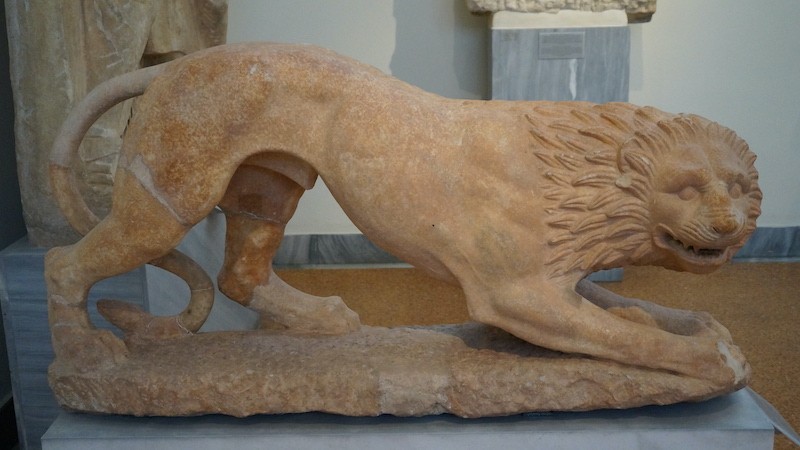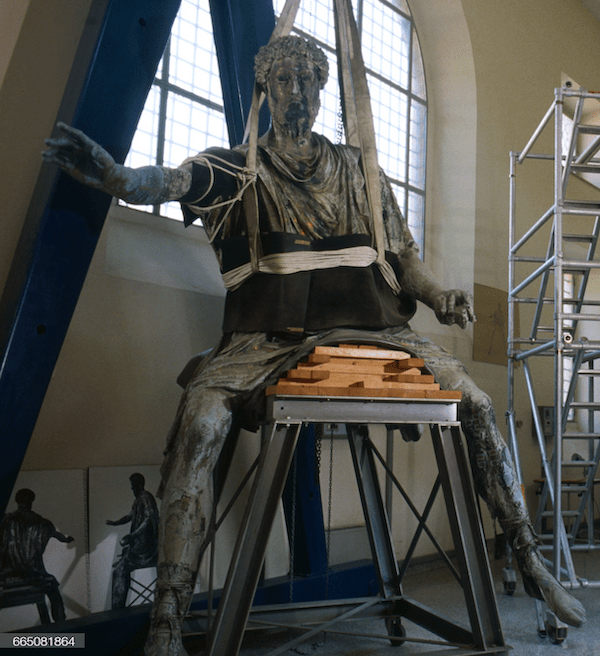It seemed an unlikely spot to bring up a philosophical question of such importance. This was essentially the set of Tiger King, after all. The ring, the cage and the unnatural animal combinations with clever portmanteaus, like Liger and Tigon, gave the impression of one of those side circuses of a bygone era.
We were in Florida, doing Florida what Florida does, when the overly enthusiastic presenter began his show. Not long into his dramatic introduction, he proposed the issue:
What should our relationship be with animals?
Oh! Excellent question I thought to myself.
In between little dogs, complete with matching neckerchiefs, jumping through hoops, our multi-generational Big Cat Habitat host continued his inquiry. Masterfully ducking leaping mammals, he delved into the difference between animal welfare versus animal rights and pontificated on what role we should have in the lives of our beastly counterparts.
I was certainly impressed with the multitasking of this philosophical trainer!
In part because his question isn’t as simple as it may first appear. After all, humans and animals have been co-dependent, symbiotic as well as completely at odds since the beginning of mankind itself.
On the positive ledger of relationships, hunting dogs immediately spring to mind. Though that bond existed long before the time period in which we concern ourselves, the Greeks are often credited as the first to invent spiked collars to protect their canine friends from wolves. They were protectors and hunters but companions as well… and they made plenty of appearances in mythology; Greek goddesses Artemis and Hecate had dogs as well as Hades’ many-headed best friend.
And then again, there is the horse. Whether large and wooden, or real and ridden, they feature extensively in ancient warfare. Where would Boudica be without her Iberian steed? Can you imagine the many calvaries sans stallions? And how bizarre is Marcus Aurelius’ statue without his horse to sit upon?
Indeed even the Greek writer and philosopher Xenophon (c. 430-354 B.C.E.) wrote a Handbook instructing horse owners on the correct treatment of their animals, called On the Art of Horsemanship.
Then of course, there is the role of animals in sport. Chariot racing, for example, reached fanatic worthy status often during the Roman Empire… and plenty of powerful predators earned their keep on the gladiators arena.
And we certainly can’t exclude those big creatures either… How would Hannibal fare in the history books without his trusty elephants? What corner of the Roman empire was not visited by Batrican camels? And how boring would Minoan frescoes be if there was no bull to jump over?
Then, of course, we must mention all the animals that were eaten… No doubt anything and everything that could be consumed was consumed. (Though there was a diet which was called abstinence from beings with a soul (Greek ἀποχὴ ἐμψύχων) and many famous vegetarians have been recorded, though none as a memorable as Pythagoras and his followers.
Finally, on the farthest side of the spectrum, and one that brings us full circle to our Floridian source of inspiration for today’s mailabag, was the fear and violence of ancient animals, most notably, lions.
According to Aristotle, who provided some data on their distribution, behaviour, breeding as well as anatomy, back in the 4th century BC, lions were more numerous in North Africa than in Europe. Apparently they had approached towns, and attacked people only if they were old, or had poor dental health.

Now there’s a good reason to tell your children to brush their teeth!
But jokes aside, we once more circle back to the question at hand, which is primarily:
What should our relationship be with animals? How should we interact with our beastly counterparts? Should there be animal rights or welfare? Or are they tools, food or unthinking things at our disposal?
As always, you can write to me directly at [email protected] or comment below.













No comments yet. You should be kind and add one!
Our apologies, you must be logged in to post a comment.